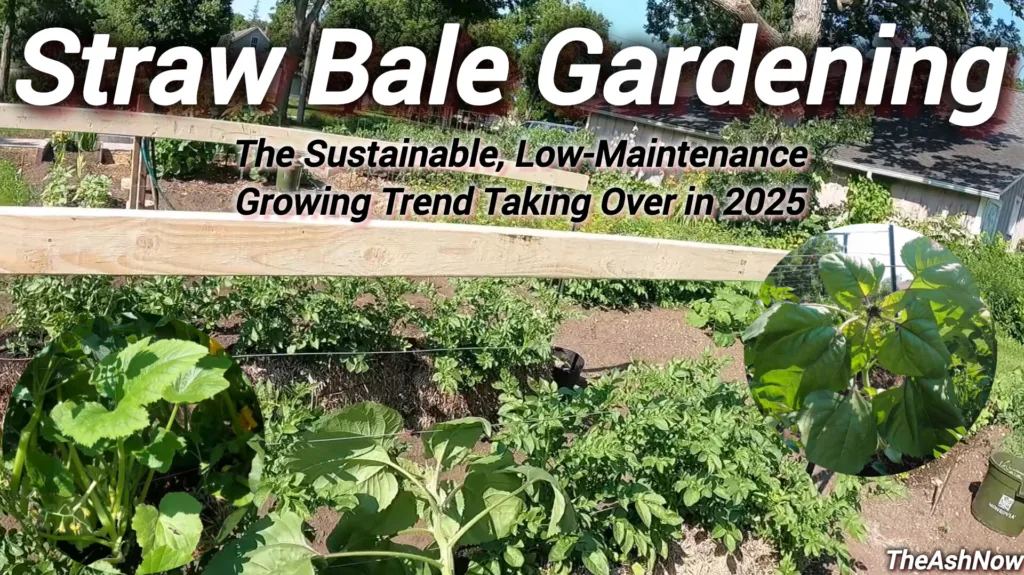Grow more in less space: Last vertical gardening guide for urban gardeners
In today’s world, many of us meet the challenge of limited space – whether we live in a comfortable city apartment, a suburban house, or just try to maximize a small garden. Vertical gardening provides a creative and effective solution. This method allows you to grow different types of plants upward instead of outside, and transform empty walls and narrow places into a rich green screen. In this blog we will explore vertical gardening, why this is a great option for urban residents of the United States, and how can you start your vertical garden today.
What is vertical gardening?
Vertical gardening structures have the art of growing plants that are expanded upwards instead of the outside. Instead of traditional garden beds rotating on the ground, the vertical gardens use walls, trees, hammocks, or specially designed plants to maximize the growing room. This approach is not just about aesthetics – it is also about efficiency. By going up the vertical, you can fit more plants in a limited area, making it an ideal solution for urban and small places.
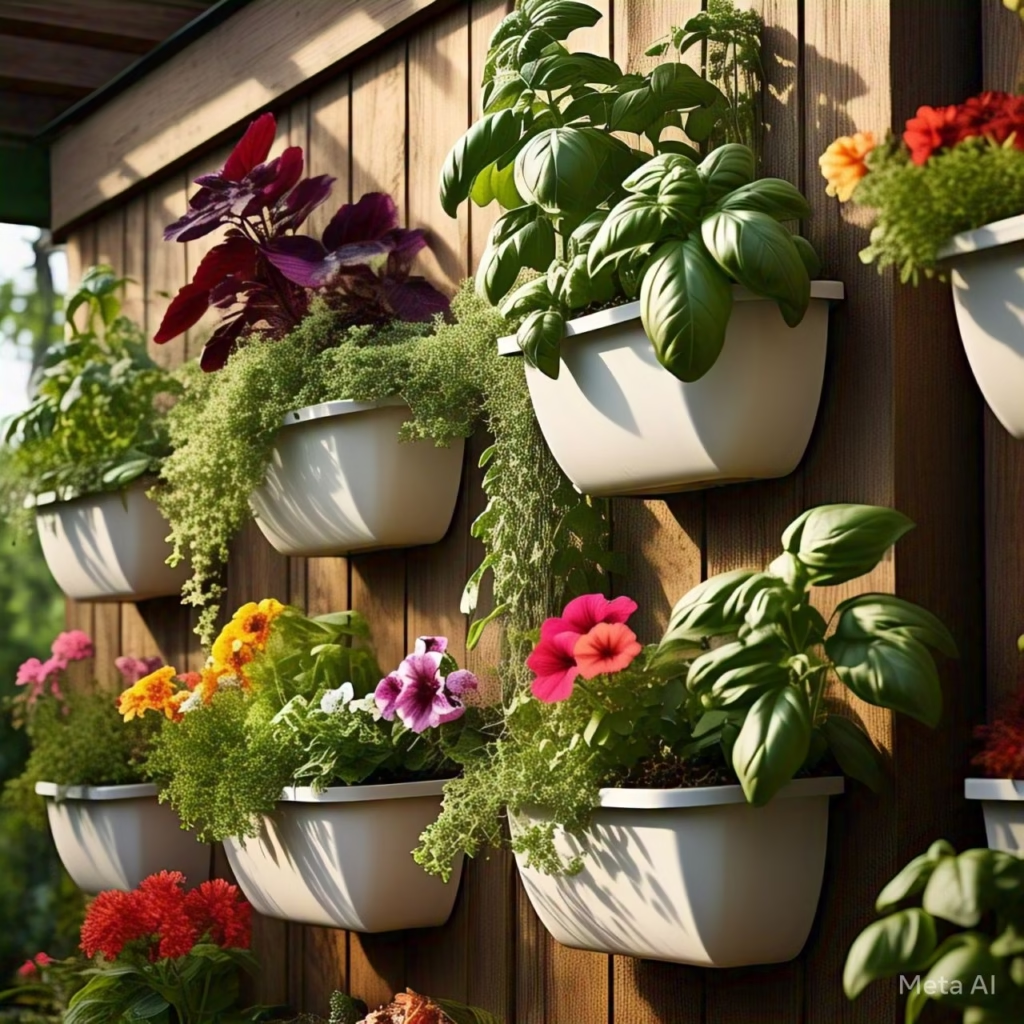
Why choose vertical gardening?
Space saving
Living in a small place does not mean that you have to sacrifice a juicy garden. Vertical gardening allows you to use every inch of available space, and convert the walls, fences, or even windows to the mini-garden.
Beauty appeal
A vertical garden can serve as a living work of art. Whether you choose the striking pattern of colored flowers or the garden to be very nicely arranged, the visual effect can make an otherwise dull wall into a rallying point.
Better air quality
Plants naturally improve air quality by filtering environmental toxins and freeing oxygen. A vertical garden can increase the microclimate in your home, and contribute to a healthy living environment.
Sustainability
The vertical gardens are perfect for permanent life. They often require less water than traditional gardens (especially if you use drip watering or recycled water systems) and can be designed to fit organic gardening.
Easy use
For people with mobility challenges, a vertical garden is easy to manage because it can be installed at an accessible height, which reduces the need to bend or knee.
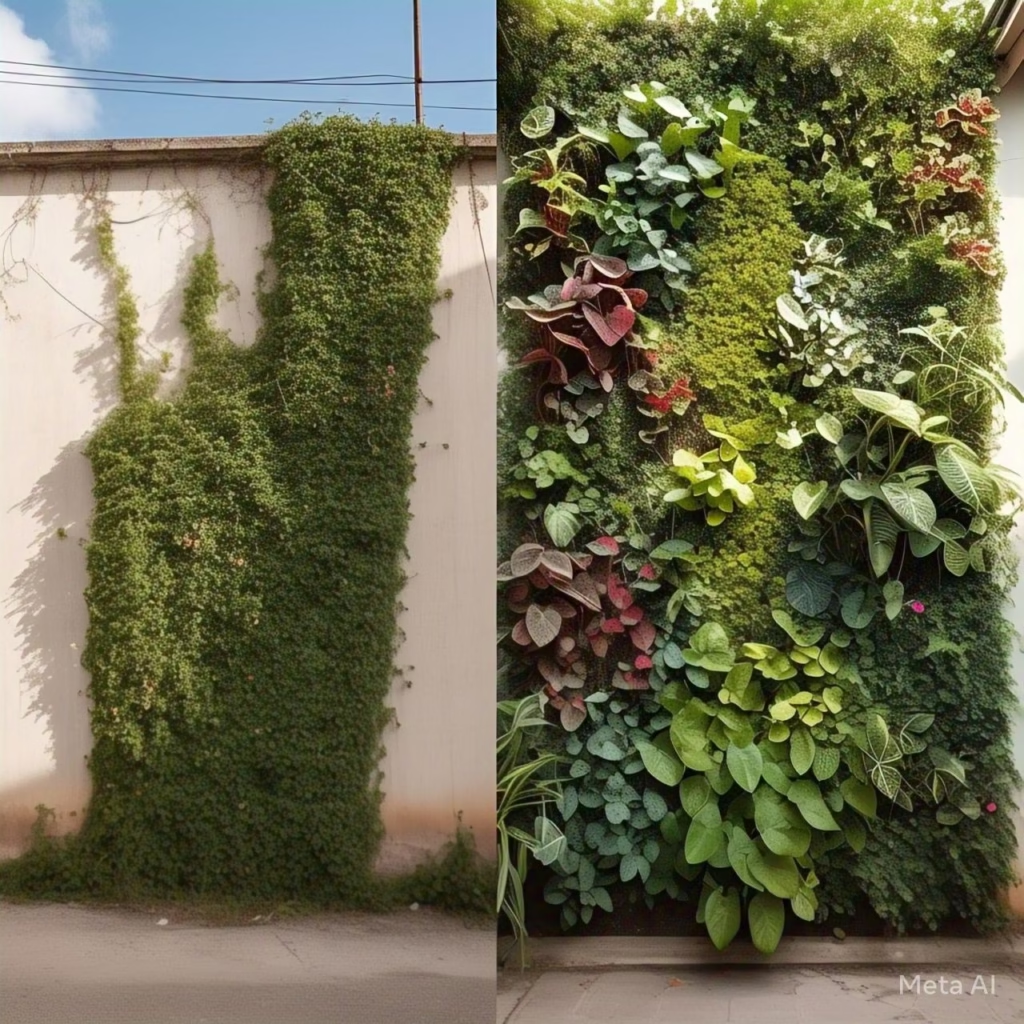
Start: Plan your vertical garden
Before you start planting, there are some important steps to ensure success here:
1. Consider your location
- Sunlight: Evaluate how much sunlight the area gets. Most vegetables and flowering plants require at least 6 hours of sun per day, while many shade-loving plants grow with low.
- Wall material: Determine what kind of wall or structure you use. Some ingredients such as bricks or concrete are ideal for growing plants, while others may require special hardware.
- Climate ideas: There is a series of climates in the United States. Be sure to choose the plants that are beneficial to your local weather conditions.
2. Choose your structure
There are many options for vertical garden structures:
- Wall-mounted plants: Perfect for herbs and small vegetables.
- Trails: Great to climb plants such as beans, cucumbers, or even decorative vines.
- Palette Garden: The renovated wooden palette can be converted into rustic vertical plants.
- Hanging curves: Ideal for flowers, success me, or even small salads.
3. Choose the correct plants
It is important to choose the right plants. Here are some ideas:
- Herb: Tulsi, mint, thyme, and parsley thrive in a vertical layout.
- Vegetables: Latus, spinach, radish, and even tomatoes can be adapted to vertical systems.
- Flowers: Petunis, ring flowers, and importer give a color.
- Vines: Plants such as sweet peas, morning pride, and even strawberries can climb a trailer.
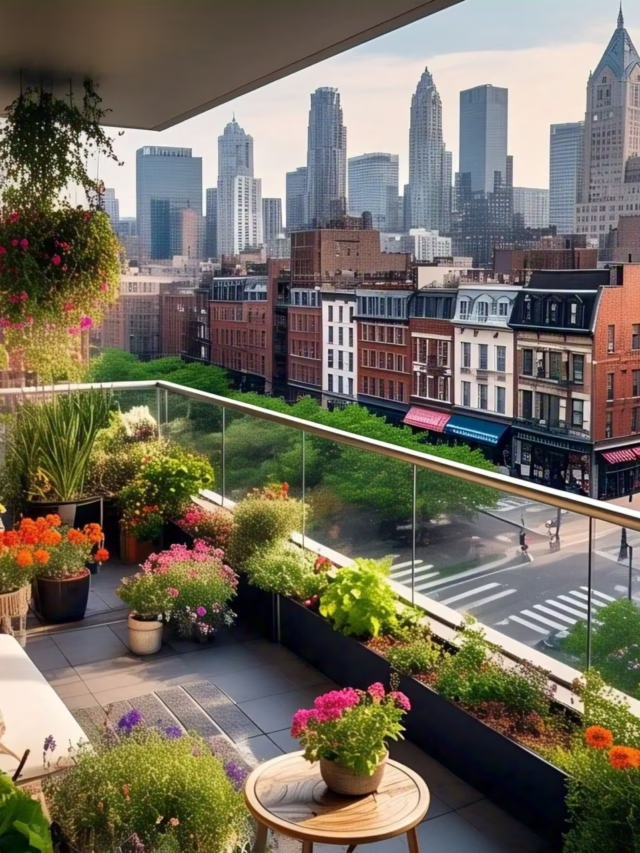
Step-by-step guide for building your vertical garden
Step 1: Collect the content
- Planters or containers: Select containers that allow the correct drainage.
- Growing hardware: Screws, parentheses, or hooks that are strong enough to keep the garden weight.
- Soil and livestock manure: Use high-quality pot soil mixed with livestock manure to ensure your plants achieve these nutrients.
- Equipment: A drill, level, and tape measure will be useful.
Step 2: Install your structure
- Properly growing: Make sure the structure you use is safely connected to the wall or fence. It should support the weight of plants and soil.
- Unemployment: Plan set up to provide sufficient space between containers for proper air circulation and easy maintenance.
Step 3: Planting
- Soil preparation: Fill the containers with a soil and livestock manure mixture.
- Plant arrangement: Arrange your plants based on their size and water requirements. Think of the top back or bottom of the structure or in front of the front.
- Water: Include a drip watering system if possible. This will help maintain a uniform water supply by reducing waste.
Step 4: Maintenance
- Regular water: The vertical gardens can dry more quickly than the gardens on the ground, so monitor the moisture level carefully.
- Fertilization: Use organic fertilizer to support healthy growth.
- Pruning and hatch: Regular maintenance makes your garden look clean and prevent overload.

Tips for a rich vertical garden
- Start the short: If you are new to vertical gardening, you can start with a small section and expand as soon as you gain confidence.
- Mix and match: Mix different types of plants to make visual interest and benefit from different growth habits.
- Use quality materials: Investment in durable materials will save you time and money in a long time.
- Think of local wildlife: Think about involving plants that attract favorable insects, which can help with pollination and insect control.
- Use: Each place is unique. Don’t be afraid to try different configurations until you do the best work for your environment.
The Stories of Horticulture Success
All over the United States, Urban Gardeners replace their stays with vertical gardens. In New York City, the inhabitants of the apartment that beat small balconies in Herb Havans, the owners of the California suburban house, construct green walls on the walls of the outer house, the tendency for vertical gardening motivated nationwide creativity and permanent practice that still works.
An inspiring example comes from a community garden in Austin, Texas, where volunteers built a number of vertical gardens to grow fresh returns for local food banks. His project not only beautified the place, but also provided nutritious food for society, and showed how vertical gardening could only have a meaningful effect beyond aesthetics.
Conclusion
The vertical gardening is more than just a trend – this is a practical, durable solution for someone to maximize a limited space. With its space -saving design, beauty appeal and environmental benefits, vertical horticulture is well suited for the urban landscape and beyond. Whether you are an experienced gardener or just starting, this method opens a world of opportunities. So why not take a step towards a greenery, more lively living? Start small, experiment and develop your vertical garden in a beautiful rich oasis.
Happy Gardening Guys…
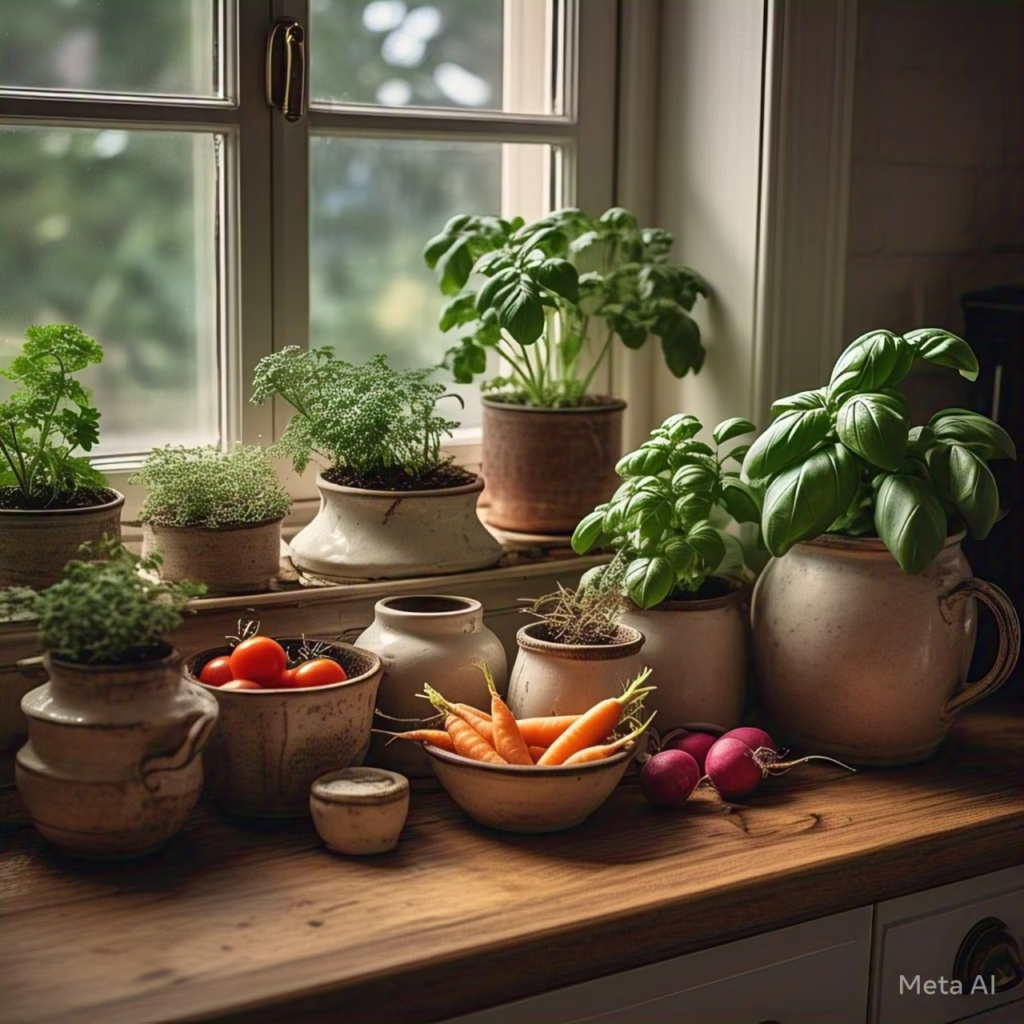
Frequently Asked Questions (FAQs)
1. What is vertical gardening?
The vertical gardening is a method of plants that grow upwards using structures such as walls, trailis or hanging plants. This allows you to use the limited place most horizontally by expanding your garden.
2. What are the benefits of vertical gardening?
Vertical gardening saves the space, improves the environment of your environment, improves air quality and supports permanent practice. This dynamic is more accessible to people with challenges and can also reduce the use of water by means of drip watering systems.
3. Which plants are best suited for vertical gardens?
Many plants thrive in a vertical layout. Popular alternatives include herbs such as tulsi and roofing, vegetables such as latus and spinach, flower plants such as petunis and marigold and climbing vines including morning glory and sweet peas. Choose plants that match light and climatic conditions in your region.
4. How do I choose the right place for my vertical garden?
Think of the amount of sunlight receiving the area, the available wall or type of structure and local climate. Most plants require at least 6 hours of sunshine daily, so make sure your selected room meets this requirement. In addition, check that the wall or fence is strong enough to support the vertical garden setup.
5. What kind of maintenance requires a vertical garden?
Vertical gardens often require more frequent water than traditional ground gardens due to dry soil drying. Regular maintenance involves monitoring soil moisture, applying organic fertilizers, controlling plants and ensuring that structural support remains protected.
Have any questions or want to share your vertical garden success? Drop a comment below or reach out on social media—we’d love to hear your story!



